June & July Wildflower Meadow Care

Managing docks, nettles and other unwanted plants plus getting ready to havest the seeds.
Early summer is a pivotal moment for any wildflower meadow. By June and July the first flush of colour is fading and the more vigorous species – including docks and nettles – are preparing to set seed. A quick mid‑season review now will keep your meadow diverse, attractive and wildlife‑rich for the rest of the year and beyond.
Walk the Meadow – What to Look For
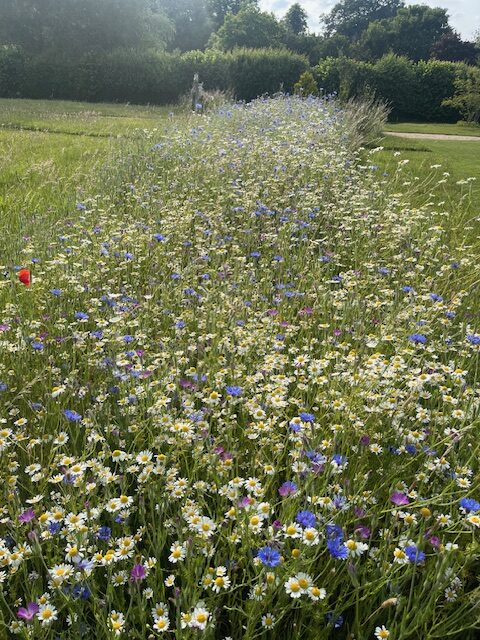
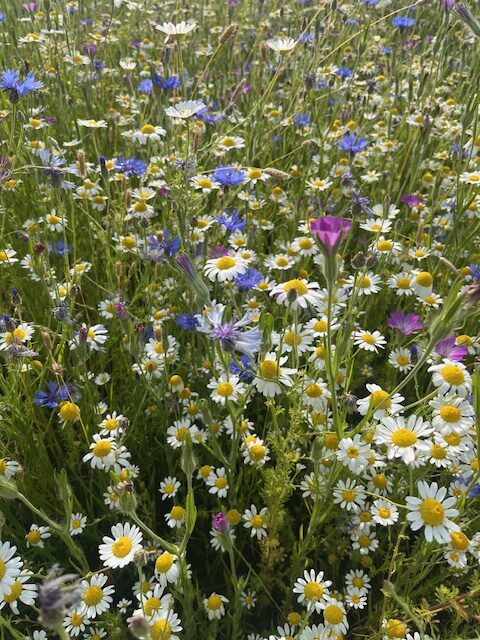
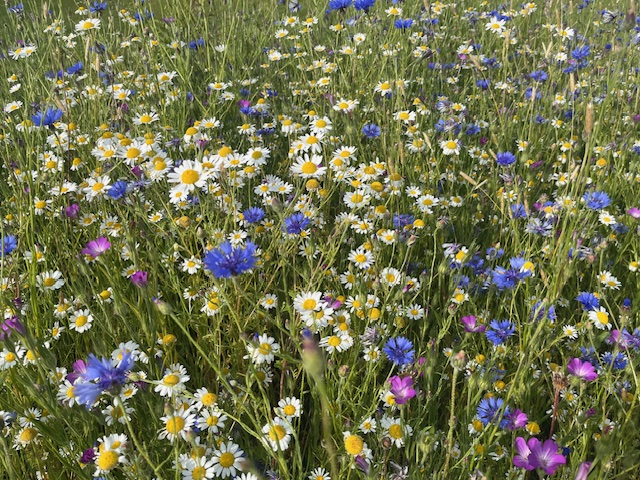
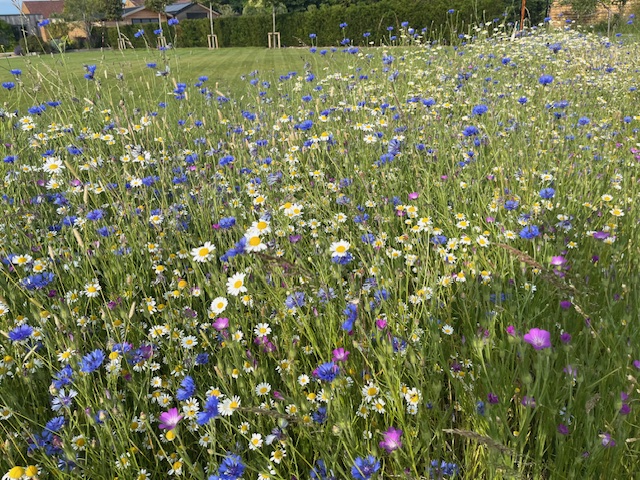


Take a slow stroll through the sward. Note which flowers are still blooming, which have finished and where bare patches have appeared. Check the height of the vegetation, the presence of new grass growth and, crucially, any patches dominated by docks (Rumex spp.) or stinging nettles (Urtica dioica).
Deal with Docks and Nettles Immediately
Docks and nettles thrive on nutrient‑rich soils and can quickly outcompete delicate annuals and perennials. If you spot them now, remove the whole plant – roots and all – before the seed stalks ripen. A sharp spade or a long‑handled daisy grubber makes the job easier. Bag the plants and compost them hot, or dispose of them off‑site, so no stray seed finds its way back into the meadow.
Time Your Summer Cut
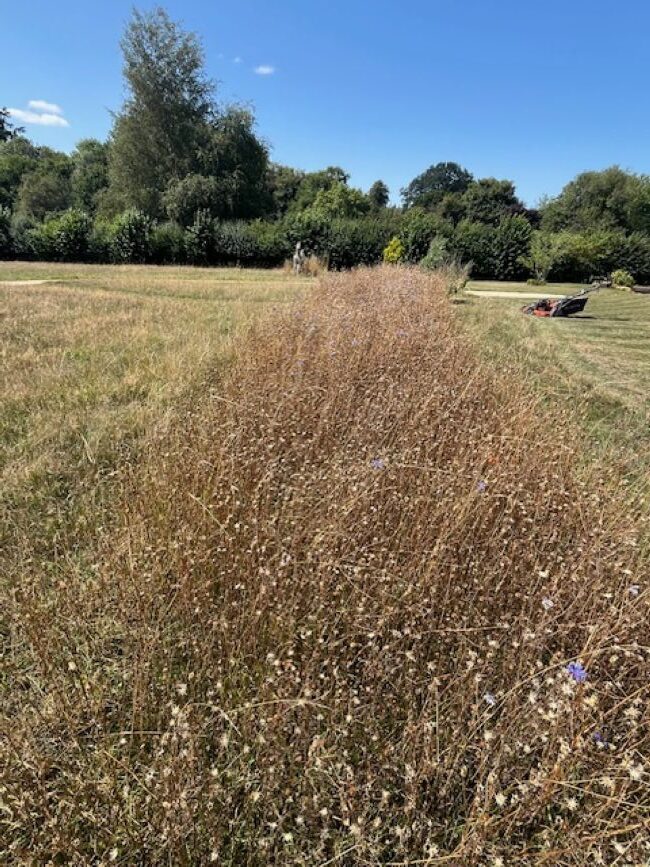
Meadow planting in August ready to cut and spread the seed
The traditional “hay cut” takes place once most of the flowers have set seed – usually from late July to early September. Cutting too early robs you of next year’s seedlings; cutting too late allows coarse grasses to dominate. Aim for a height of 5–7 cm, using a scythe, strimmer or reciprocating mower.
Collect and Scatter the Hay
Leave the cut material (the “hay”) on the surface for two or three dry days so the seed can fall. Then gather it up with a fork or rake. You can use this seed‑laden hay to start new meadows elsewhere in the garden: simply spread it thinly over freshly‑scarified ground in autumn and let winter weather work the seed in.
Reduce Fertility for Long-Term Success
Every time you remove the hay you are exporting nutrients, gradually lowering soil fertility and tipping the balance in favour of flowers rather than coarse grasses and weeds. Avoid adding manure or fertiliser, and keep on top of leaf litter in autumn so nutrient levels stay low.
A little attention now pays dividends next spring. Remove the thugs, wait for seed to ripen, cut and clear the hay, and your wildflower meadow will return in a blaze of colour—only better balanced and even more wildlife‑friendly.




















